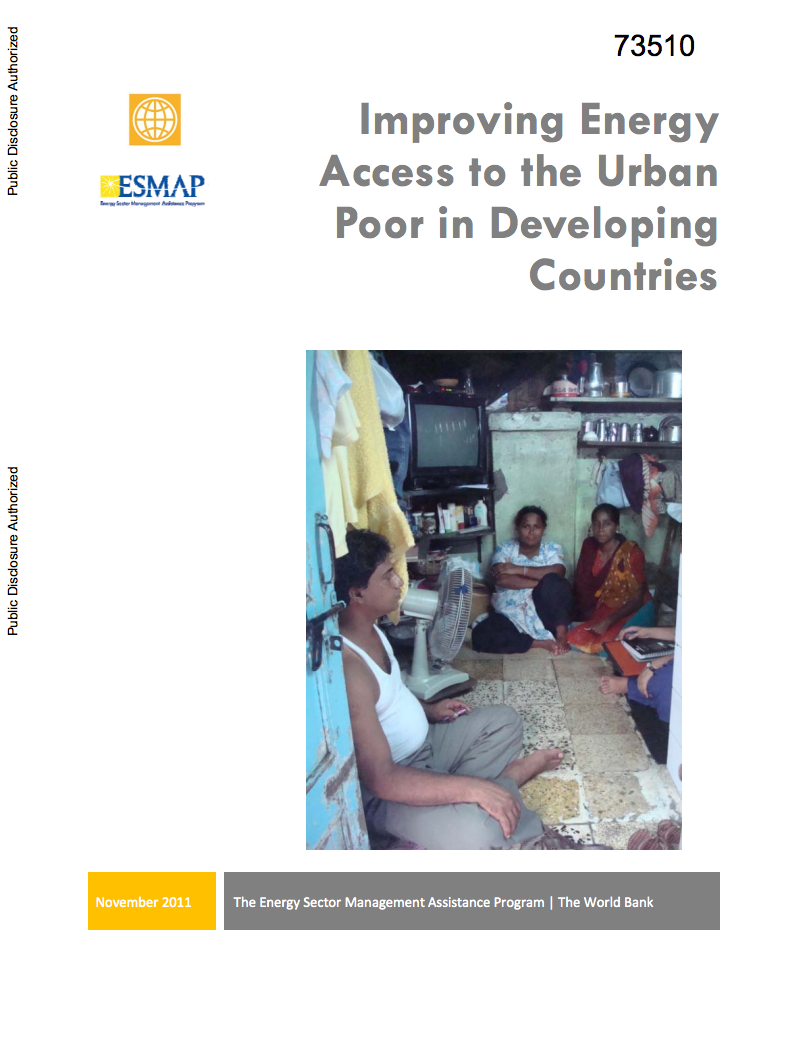The Livestock and Horticulture Value Chains in Swaziland : Challenges and Opportunities
The specific objective of this policy
note is to derive insights that can contribute to rapid and
sustainable integration of small-scale farmers into the
livestock and horticulture value chains in Swaziland. It
seeks to do this by identifying constraints that may be
contributing to poor performance in the two value chains,
evaluating technological options that could improve
productivity, and identifying priority areas for future


